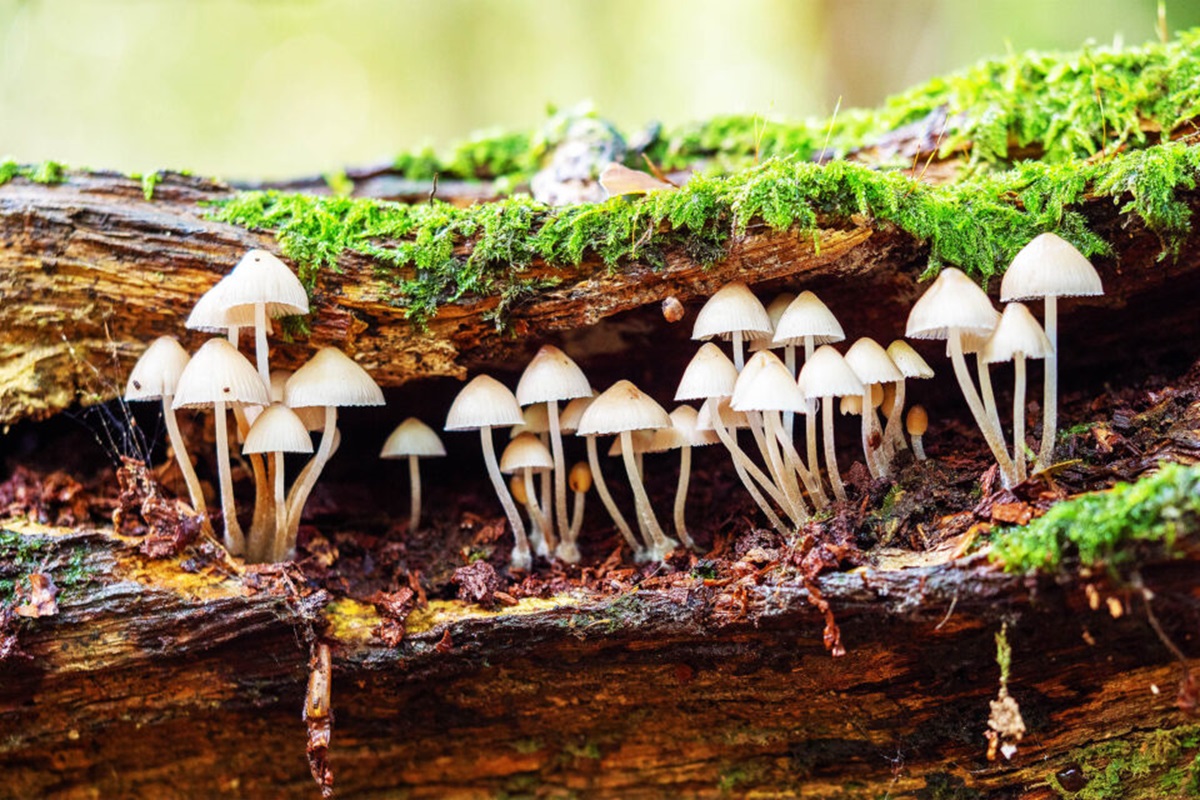Fungi are important organisms on Earth, and there’s still much to learn about them. They’re not just mushrooms we see and there is a whole world underground. Fungi come in various forms like mushrooms, yeast, mold, mildew, and rust fungi. Mushrooms are the most common and noticeable while yeast is crucial for making bread and beer. Mold, mildew, and rust fungi often attack food plants.

The above-ground parts of fungi, like mushrooms, are for reproduction. They release spores that spread through air, water, or animals. Mushrooms release spores from gills, carried by wind. Some fungi use water to disperse spores, and others attract animals to help spread them.
Once dispersed, these spores grow into mycelium, the vegetative part of fungi. Mycelium absorbs nutrients from the soil, similar to plant roots, and can spread for miles. Mycelium absorbs nutrients through hyphae, tiny strands of cells, and breaks them down into usable forms. Some fungi are picky eaters, while others can break down various organic materials.
Some types of fungi provide incredible examples of the variety of life strategies out there. Perhaps the most fascinating fungi in this regard are the entomopathogenic fungi. “Entomo” means related to insects, and “pathogenic” means causing disease. So, these are fungi that cause a very peculiar ailment in insects.
Entomopathogenic fungi infect insects, turning them into zombies. The fungi eventually erupt from the insect’s body, releasing spores to infect more insects. Fungi play crucial roles in ecosystems, from decomposing organic matter to forming symbiotic relationships with plants. Understanding their characteristics and functions helps us appreciate their importance in nature.

